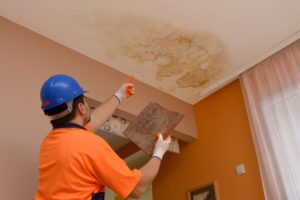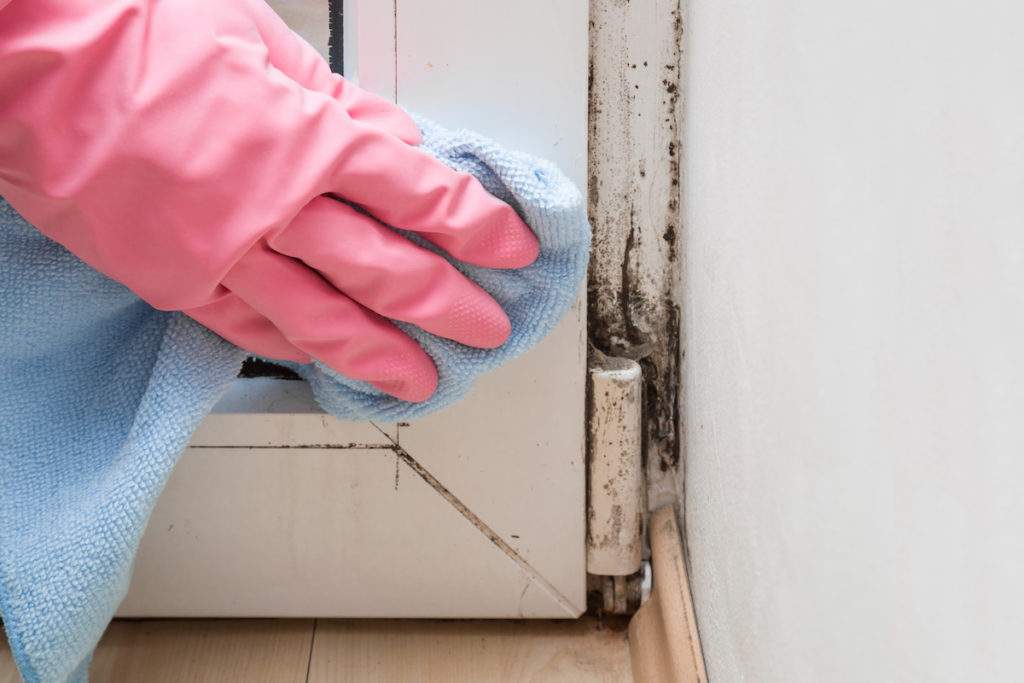How do I detect water damage during spring cleaning?

Spring cleaning is an annual ritual taken on by most of us to clean out the dust and clutter from being indoors during Denver’s winter season. As we prepare our homes for summer, our annual spring cleaning is a great time to inspect your home for evidence of water damage. Water damage from broken pipes and toilet overflows are pretty obvious; latent winter water damage can be more devastating, however. We put together a list of things to look for during your spring cleaning to help safeguard it from long-term property damage.
If you are experiencing an emergency and need expert help, Abbotts offers free water damage inspections. Call us at 303-975-4000
What are signs of water damage?

- If a second-floor bathroom is situated approximately above first-floor ceiling stains, one likely suspect is the shower stall. Leaky connections to the water control valve recessed inside the bathroom wall may be at fault. Leakage from the shower drain pan sealed underneath the stall is another possibility.
- A leaky roof is also a possibility. Water flows to it’s lowest point often masking the source of the leak. A moisture meter is one of the tools that can be used to pinpoint the source of the water leak. A quick check of the attic during your spring cleaning can help identify water damage, too.

- Be sure to remove the kick plate on the front of the dishwasher and inspect underneath the dishwasher with a flashlight. Slow drips from a leaky dishwasher drain hose or defective pump may be rotting wood flooring beneath the unit without any external signs of water damage.
- In the laundry room, check washing machine supply hoses and connections. Any drips or evidence of seepage is not just evidence of unseen water damage to the wall and floor behind the washer, it could also be a warning sign of an impending hose rupture that could cause catastrophic indoor flooding to the house.
Persistent odors. Opening the windows and airing out the house is part of the spring cleaning ritual.
- If you started noticing a musty smell, it could be a sign of mold created by hidden water damage in the house. In fact, mold is often unavoidable since its growth comes so easily. All it takes is a little moisture and a small amount of time, and then – voila! – you have yourself a mold problem.
- If musty odors don’t go away, avoid the temptation to mask the odor with fragrances. Musty, moldy odors that don’t easily dissipate is a red flag to have the house inspected for presence of active mold growth as well as the hidden water leakage or moisture that feeds it.
Spring cleaning is a great opportunity for early detection of water damage. Ignoring small problems today can mean that you end up spending a lot of money and dealing with tons of stress tomorrow. After your spring cleaning is done, you should check out our Warm Weather Checklist to prevent water damage in the coming months.
For your convenience, Abbotts offers free water damage inspections. And, of course, if you have water damage, and need a hand cleaning it up, we would love to help. We are available 24/7, and can help with any water damage restoration needs you may discover during your spring cleaning.

